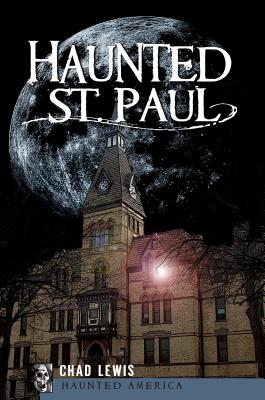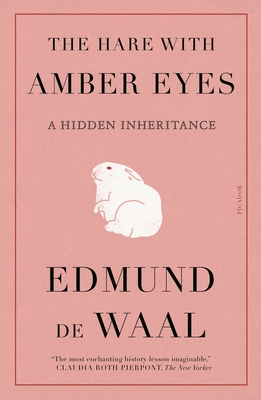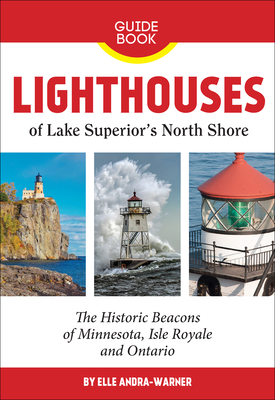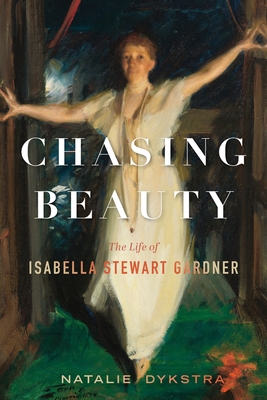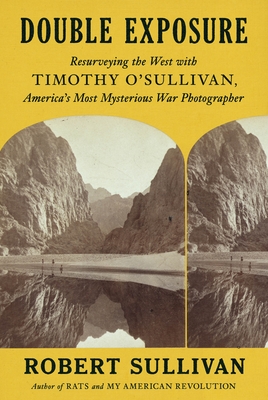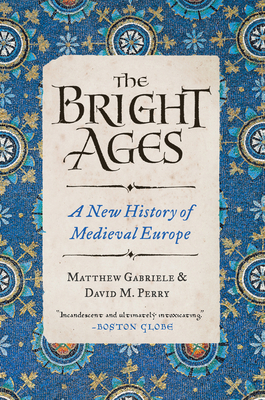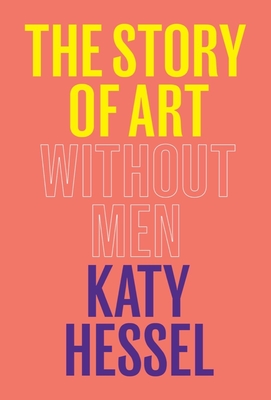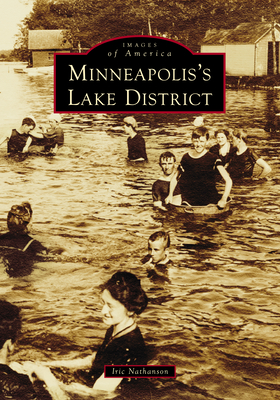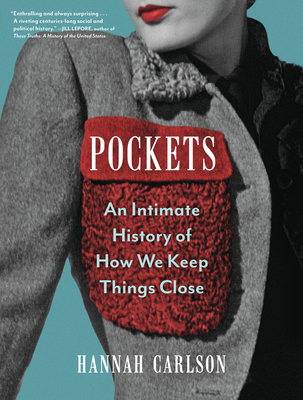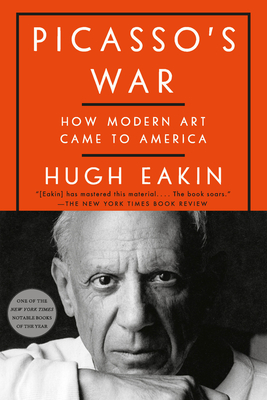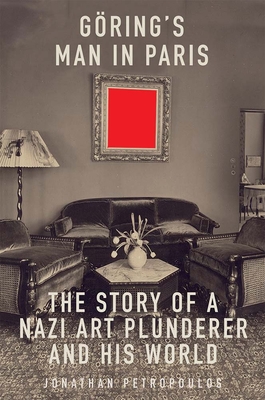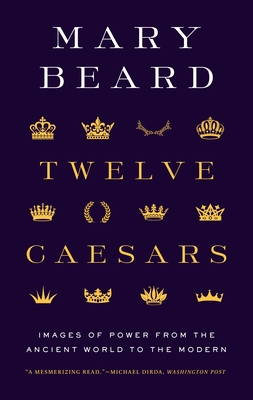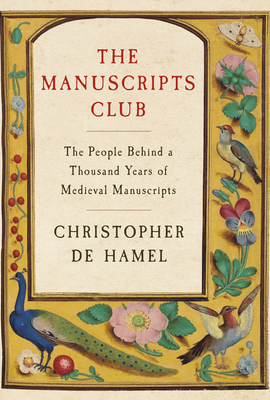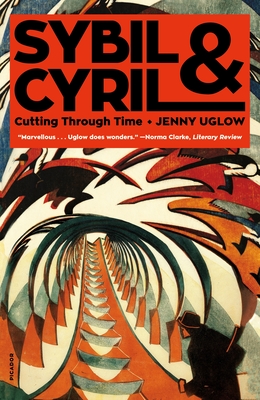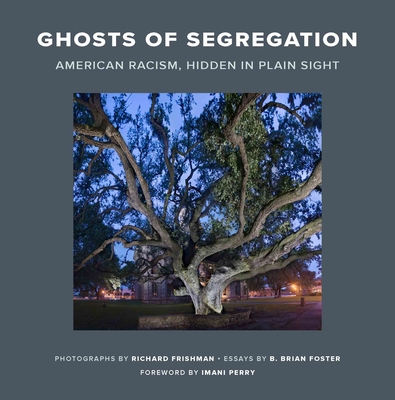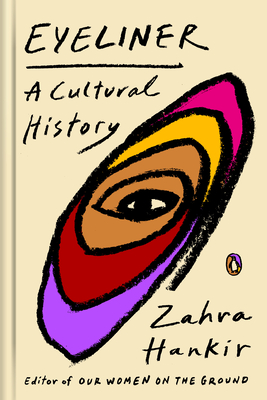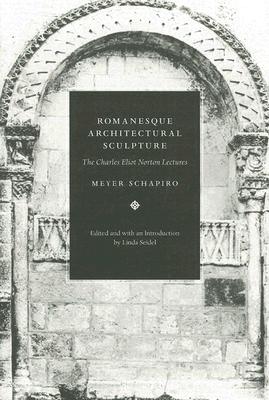
Romanesque Architectural Sculpture: The Charles Eliot Norton Lectures
Description
Meyer Schapiro (1904-96), renowned for his critical essays on nineteenth- and twentieth-century painting, also played a decisive role as a young scholar in defining the style of art and architecture known as Romanesque. And, appropriately, when he was invited to deliver the prestigious Charles Eliot Norton Lectures at Harvard, he chose Romanesque architectural sculpture as his topic. These lectures, acclaimed for the verve and freshness with which Schapiro delivered them, languished unpublished for decades. But Linda Seidel, who knew Schapiro well and attended the 1967 lectures, has now expertly transcribed and edited them, presenting them for the first time to an audience beyond the halls of Harvard.
In editing the lectures, Seidel closely followed the recordings of the originals. Sentences are rendered as Schapiro spoke them, affording readers a unique opportunity to experience the legendary teacher as he rarely appears in print: forming his thoughts spontaneously, interrupting himself to develop related ideas, and responding to the audience’s interests by introducing humorous asides. Nonetheless, these lectures are carefully constructed, demonstrating Schapiro’s commitment to the originality and value of artistic production and affirming his lifelong belief in artists’ engagement with their cultures. Amply illustrated with many key works and augmented with Seidel’s indispensable introduction, this long-awaited volume will delight students and scholars of art history, as well as anyone interested in seeing a new side of a profoundly influential mind.
Praise for Romanesque Architectural Sculpture: The Charles Eliot Norton Lectures
“Schapiro was a figure of seigneurial cosmopolitanism who felt absolutely rooted in his time and place, a man with a serene self-assurance who was insatiably curious about other people and times and places. . . . There may be no American thinker of the mid-century years who was at once so deeply attracted to the grandeur of European ideas and so skeptical about those enormous visions as Meyer Schapiro." —Jed Perl, New Republic
— Jed Perl
"[A] profound, delightful book."
— New Statesman
"In reading these pages it seems possible to hear Schapiro's own voice, even his laughter or the applause of the audience. It is almost like listening to a recording. . . .[Schapiro] saw the sculptures of Moissac and Vézelay in the light of modern art. That may have been an illusion of a particular moment in the past century. . . . But I know of no more moving, more sympathetic reading of medieval art."
— Willibald Sauerlaender
"The Schapiro lectures engage the reasder in an intimate and straightforward manner. . . . A rare glimpse into Schapiro's complex thought process. . . . Schapiro was unique, ahead of his time, and this book which showcases Schapiro's remarkable critical and analytical abilities, is a welcomed addition to his body of work, and without a doubt a significant contribution to the discipline itself."
— Vibeke Olsen
"The quality of the text is that of close looking and careful analysis. It is a revelation to read Schapiro on the Eve of Autun."
— Svetlana Alpers

